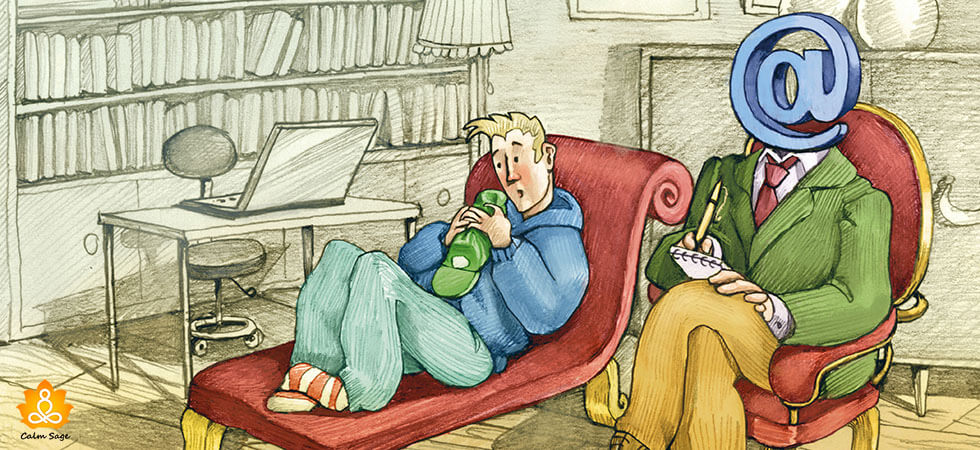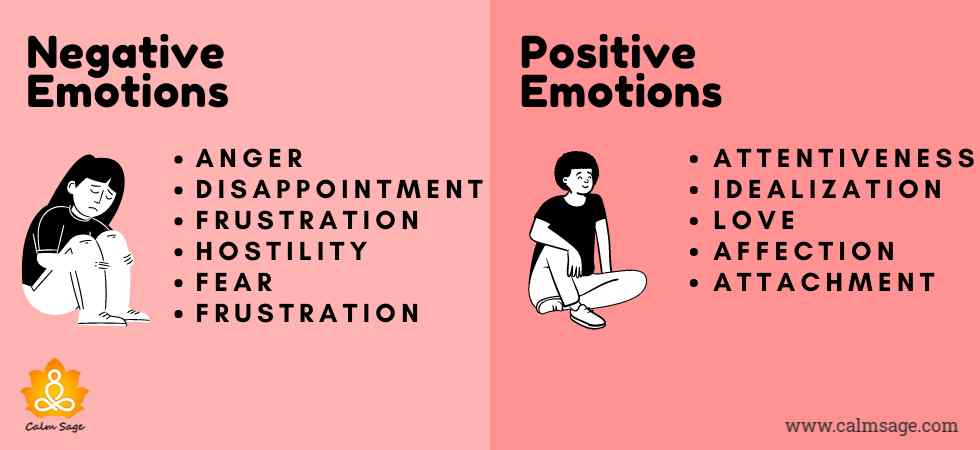Understanding Transference in Therapy | It is Okay to Feel This Way

Therapy is one of the most preferred and recommended treatment approaches for various mental health conditions. While you might be aware of different types of therapies, the best therapy platforms to opt for, and sharing your expectations with the therapist, there are still some key concepts that need to be understood.
One such process that both a therapist and a client can encounter in a therapeutic relationship is Transference! If you are in therapy and you swipe in the transference phase, there are chances of feeling stuck, or even jumping out of the therapy!
Which for sure isn’t healthy for your healing process! To cut off every single possibility for that to happen let us understand transference in detail.
What is Transference?
According to (Pomerantz. 2011).
“Transference refers to the tendency of clients to form relationships with therapists in which they unconsciously and unrealistically expect the therapist to behave like important people from the clients’ pasts.”
Transference occurs when a client redirects their feelings of anger, love, hostility, or resentment as experienced in childhood, onto the therapist. And it is not just the feelings from the past projected on the therapist but also the unfulfilled desires, expectations, and unresolved conflicts that get redirected towards the therapist.
Usually, the therapist will encourage transference to find out the root cause of your issues and help you resolve them. However, as a client, transference can work as a hurdle and cause hiccups in the therapy.
As transference is related to someone who brings back the past emotions to you, which is likely to be uncomfortable, urging you to cut ties with the therapist. To ensure that transference does not impede your progress, keep reading.
Important Fact: The person experiencing transference is often unaware of his or her feelings or where they are coming from.
What are the Types Of Transference In Therapy?
Yes, there is not just one form of transference. Different clients show different types of transference which is fair enough because no two cases are alike. Some of the common transferences include:
A. Parental Transference: Probably the most common form of transference is parental transference. Herein the client starts seeing the therapist as a father figure. Which also makes them think of the therapist as powerful, wise, authoritative, and someone who would give them protection at all costs.
B. Maternal Transference: When the therapist is viewed as a mother or idealized mother figure the client is likely to experience maternal transference. The therapist here is perceived as a caring, nurturing, comforting, and loving person. Plus, motherly warmth and comfort are expected from him.
C. Sibling Transference: This is usually experienced when the parental relationship is not strong enough or is broken down. Then transference takes the shape of peer-based interactions.
D. Non-familial Transference: Here the individual starts treating others according to an idealized version (instead of their authentic self). Plus, they expect them to fit in the stereotypes of this idealized person and behave in the same manner.
E. Sexualized Transference: This type of transference can be seen when the client starts to develop a sexual attraction towards the therapist. The aim here would be to gain the attraction of the therapist towards self.
These transferences can generally be on one of the two polls of transference- Positive and Negative. Please make a note here that the connotations positive and negative are not for the magnitude but the feelings involved in the transference, they are important and healthy!
F. Positive Transference: Positive transference is experienced when you connect with the therapist on the grounds of happy and enjoyable parts of your past relationship. Herein the therapist is seen as a caring, loving, and wise person.
G. Negative Transference: Opposite to positive transference is the negative one. Here the enjoyable and tough aspects of your past relationships are applied by you to the therapist. This helps you identify your emotional blockage from the past, which then you and the therapist resolve further as the therapy progresses.
Important Fact: The concept of Transference was first introduced by Sigmund Freud from his real-life experience of transference is one of his therapy sessions.
Is Transference Helpful or Harmful?
The most classic question without which understanding transference is incomplete is- Whether Transference is Good or Bad? This question is still a matter of debate but one factor can surely put an end to it.
Ideally, transference is a good thing. It works as a crucial step in the therapeutic process which helps the therapist understand the root cause of the issue that you have been working on. Further, they assist you in resolving it, building healthy coping strategies for life. This further aids in maintaining healthy relationships outside and within. However, the fact that how well the therapist can handle the transference in the therapy is what makes the whole difference.
Important Fact: Transference can work as a closure for the open and unknown psychological wounds that might be causing you the current emotional pain.
How to Deal With Transference in Therapy: Your Action Plan
In most cases and theoretically continuing the therapy treats the transference itself. The therapist will help you understand your transference. However, we understand that the phase when transference is a part of therapy can be overwhelming to work through.
Here are tips that can help you with it.
- Talk to your therapist about what you are currently feeling. It will help you get rid of the unhelpful emotions that you are carrying right now because of transference. Also, let me break it to you that your therapist is likely to realize that you have moved in the transference phase. However, they won’t discuss it right away to make you feel safe.
- Don’t avoid this topic and your feelings. Accept them and don’t be judgemental about them. Remember it is a part of the therapy journey.
- Practice self-compassion and be gentle on yourself. By being too harsh on yourself you can reverse the therapy outcomes you have attained so far.
- Trust me, transference is completely normal, don’t sabotage yourself for feeling in a particular manner for your therapist. Keep yourself calm and don’t go in the panic zone. Bring the coping strategies that you have learned so far into play.
- Be 3 P’s: Practical, patient, and positive. Practical over the fact that your therapist will help you get through it, patient with the whole process of it, and positive about outcomes that will follow.
Important Fact: Drawing attention to and seeking to interpret the transference in a therapy session is one of the goals of psychoanalysis and psychodynamic therapy.
Online-Therapy
Best at providing Cognitive-behavioral therapy

- Excellent qualified, certified, and trained therapists
- Unlimited communication with the therapist via video, audio, and chat
- Offers a therapy toolbox with access to worksheets, journals, and more
- Affordable weekly subscription plans to pick from
Transference and FAQs
Q. 1 What is transference vs. countertransference?
Transference vs. countertransference are both a part of the therapeutic relationship that client and therapist experience respectively.
Transference: When the client unconsciously redirects his feelings from his significant person from the past onto the therapist.
Countertransference: When the therapist’s emotional reaction is triggered by the client’s transference.
Q. 2 How is transference different from projection?
Projection and transference are similar on few grounds like: attributing emotions to others who don’t really feel them.
Projection: It is a form of defence mechanism wherein an individual does not want to take the responsibility of how they feel, that is why they project it onto the other person.
Transference: Redirecting the emotions and feelings related to a significant person from the past towards the therapist. This usually happens unconsciously.
Q.3 What emotions are involved in transference?
A person who experiences transference in therapy is likely to have different emotions. These emotions vary widely across different cases and therapy. Generally, we divide these emotions into positive and negative categories.

Wrap-up
Transference is a checkpoint in therapy, telling you that yes you are moving in the direction of progress and healing. While not everyone experiences it due to the type of therapy and the issue being resolved, for those of you who witnessed it, let me assure you it is not a sign of weakness!
Remember you are in therapy for yourself, so don’t step back from the progress and keep moving forward. Your therapist is right by your side to help you sail through this time.
Believe in yourself and trust the process, you will soon see transference working in your favor and not against you.
Sending you a big warm hug!!!




















